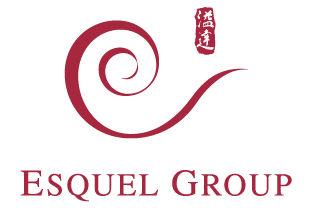Eco Plastic
There are no two ways about it:
Plastic waste takes up landfills, pollutes oceans and endangers marine life. There is no denying the rising voices from environmentalists and NGOs urging industries to cut down plastic waste. More than ever before, sustainable packaging is becoming a higher priority for both brands and consumers. It’s safe to say that eco-friendly packaging is no longer an option, but a necessity.
POLYBAG
PLA+PBAT+STARCH
Polylactic acid (PLA) is biodegradeable, breaking down naturally into degradeable components including carbon dioxide, water and mineralized inorganic salts. It boasts the shortest time to degrade, at a rate of over 90% within 180 days.
Pros:
- Sustainable
- Biodegradable
- High acceptance and general trend
Cons:
- Conditioned storage environment
- Poor transparency
- Cost increase by 2-3 times vs virgin PE
Landfill Degradable
Its production and performance are the same as conventional synthetic plastic, but it degrades within several years in landfills. A good choice for some countries that primarily dispose of waste in landfills.
Pros:
- Degradation in 2 to 7 years in landfill condition with anaerobic microorganisms
- Physical properties & limitation as virgin PE
- Cost increase around 25% vs virgin PE and could be neutralized by reducing thickness or size
Cons:
- Only ASTM certification
Recycled LDPE
Made with recycled materials and post-industrial waste, this polybag is recyclable. Utilizing recycled materials reduces the use of virgin materials, as well as oil consumption during production.
Pros:
- Sustainable
- Recycled
- Physical properties & limitation as virgin PE
- Cost +10% vs virgin PE and could be neutralized by reducing thickness or size
Cons:
- Crystal spots and black spots are un-avoidable
- Not degradable in a few years
